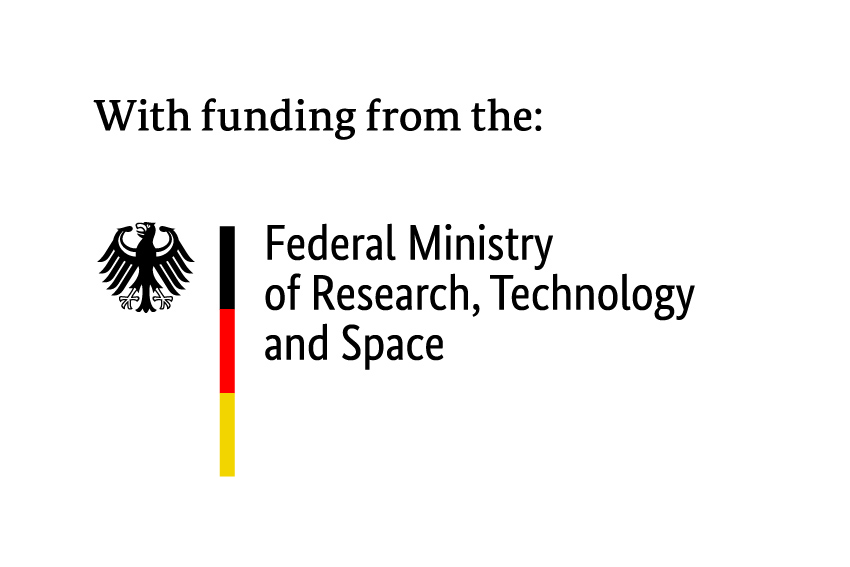03/06/2025 – The new federal government is still in the process of forming, but one thing appears certain: the goal of achieving climate neutrality by 2045 remains in place. Researchers from the Kopernikus project Ariadne have calculated the costs of achieving this goal. According to their findings, the required investments will largely be offset by reduced expenditure on fossil fuels. Depending on the scenario, the additional costs of the transformation can be limited to an annual average of EUR 16 to 26 billion by 2045 through cost-efficient climate action — equivalent to 0.4 to 0.7 per cent of current economic output. European coordination of energy and climate policy plays a key role in minimising these costs.
The comprehensive scenario report by six institutes involved in the Ariadne project provides the incoming government with valuable information on how to shape Germany’s future. “Decarbonisation — that is, the move away from oil, coal, and gas — requires a profound restructuring of our energy system. This transformation requires annual investments in the hundreds of billions”, says Gunnar Luderer, Head of the Energy Transition Lab at the Potsdam Institute for Climate Impact Research and Deputy Head of the Ariadne project, funded by the Federal Ministry of Research, Technology and Space. “However, gross investments should not be mistaken for net costs. If the shift to innovative and efficient technologies is pursued consistently and these are intelligently integrated, substantial savings on fossil energy can be achieved.” The energy transformation therefore presents an opportunity to make Germany and Europe competitive in key future markets.
The focus is on transitioning to a more modern and efficient energy system that avoids high ongoing fuel costs. As a result, the climate-related damage costs attributable to Germany for the period 2025 to 2045 will be more than halved. The researchers compare various scenarios differing in terms of hydrogen demand, the extent of direct electricity use, and the overall level of energy demand.
In gross terms —without accounting for the savings on fossil fuels—the energy transition will require average annual investments of EUR 116 to 131 billion by 2045. These investments will be directed towards renewable energy, energy grids, energy-efficient building renovation, and the electrification of industrial production, building heating, and road transport. Of this total, EUR 95 billion is already induced by measures adopted to date. Much of the investment will be financed through private capital, with the state primarily playing a role in infrastructure development, the market introduction of new carbon-neutral technologies, and in mitigating additional burdens on private households.
Electrification and flexibilisation are two important pillars of climate neutrality
In most sectors, electrification is a cost-effective option for climate protection. Consequently, electricity is set to become the primary energy carrier. Depending on the scenario, the share of wind and solar energy in the electricity mix is projected to rise to between 84 and 91 per cent by 2035. In the long term, the wholesale electricity price is expected to stabilise at an annual average of 70 to 80 EUR/MWh. Time-variable electricity prices create incentives for more flexible consumption. “Regional electricity prices also contribute to cost efficiency”, says Tom Brown of TU Berlin, who is also the co-lead of the “Scenarios and Pathways” work package in the Ariadne project. “In combination with integrated system planning and additional overhead transmission lines, approximately EUR 92 billion of the investments necessary for the transmission grid by 2045 can be saved, reducing costs for all end customers in Germany.”
The German energy transition can only succeed through European cooperation. With flexibility and security of supply becoming increasingly important, exchanging electricity with neighbouring European countries is vital for a cost-efficient energy system. Therefore, a significant share of investments must be directed towards expanding renewable energies and electricity grids. Periods of low renewable generation (“dark doldrums”) as well as consumer-side fluctuations can be balanced by backup power plants and storage technologies such as batteries. The development of a European hydrogen network is also essential. Furthermore, the steering effect of the European Emissions Trading System, along with its extension to sectors not yet covered, is crucial for cost-effective climate protection.
The Ariadne scenario report projects additional burdens in industry, primarily due to higher operating costs in sectors that are difficult or impossible to electrify. This primarily affects the raw materials industry, as well as aviation and shipping. As a substitute for fossil fuels, these sectors will need to rely on hydrogen or e-fuels. Increased material efficiency and recycling can reduce production costs. Moreover, initial processing stages of energy-intensive industries such as steel production and the production of basic chemicals can be relocated to countries with greater potential for affordable renewable electricity.
Production, heat and electric vehicles: Investing in new technologies for long-term savings
Depending on the scenario, the heating transition in the building sector accounts for a significant share of investment needs, amounting to EUR 41 to 50 billion per year. Additional costs primarily arise due to necessary building renovations. However, heat pumps can generally provide space heating more economically than fossil heating systems over their entire lifecycle: higher installation costs are offset by lower operating costs.
According to the researchers, an accelerated transition to electromobility is also more cost-efficient and presents an opportunity for industrial policy. By 2030 at the latest, electric vehicles will be economically advantageous compared to combustion-engine vehicles for almost all end users due to lower energy and maintenance costs. By 2030, battery-electric cars and trucks are expected to reach an annual market volume of EUR 80 billion in Germany.
The study also shows that climate protection costs are strongly affected by the development of energy demand: If climate-friendly consumer behaviour succeeds in reducing energy demand and accelerating the adoption of climate protection technologies, the savings in energy costs could even exceed the climate protection costs.
Climate investments secure Germany’s future as a business location
The report concludes that investments in the energy transition present Germany with an opportunity to modernise its economy. By leading in the export of green technologies, the country can secure its competitiveness. Significant potential lies in electric cars, heat pumps, electrolysers, battery and heat storage systems, wind turbines, as well as control units for smart integration and flexibilisation. Conversely, if Germany were to cling to fossil fuels, it would not only miss its climate targets but also lose its competitive edge. The report points the way to a climate-neutral future with continued prosperity.
Ariadne-Report
Gunnar Luderer (ed.), Frederike Bartels (ed.), Tom Brown (ed.), Clara Aulich, Falk Benke, Tobias Fleiter, Fabio Frank, Helen Ganal, Julian Geis, Norman Gerhardt, Till Gnann, Alyssa Gunnemann, Robin Hasse, Andrea Herbst, Sebastian Herkel, Johanna Hoppe, Christoph Kost, Michael Krail, Michael Lindner, Marius Neuwirth, Hannah Nolte, Robert Pietzcker, Patrick Plötz, Matthias Rehfeldt, Felix Schreyer, Toni Seibold, Charlotte Senkpiel, Dominika Sörgel, Daniel Speth, Bjarne Steffen, Philipp C. Verpoort (2025): A cost-efficient energy transition: Scenarios for climate neutrality 2045 – summary. Kopernikus Project Ariadne, Potsdam.


